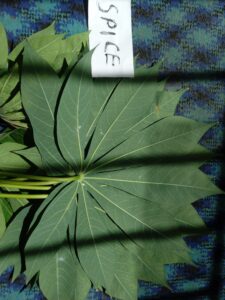Kilishi is a spicy beef jerky that is native to the Hausa people of Northern Nigeria. It is a popular snack food that can be found in many parts of West Africa. Here’s some information on the history, preparation process, and health benefits of Kilishi:
History and Origin
Kilishi is believed to have originated from the northern parts of Nigeria, where the Hausa people traditionally raise cattle. The preparation and consumption of Kilishi have a long history in the region, dating back to the pre-colonial era. It is considered a delicacy and is often served at social gatherings and special events.
Preparation Process
The preparation of Kilishi involves slicing beef into thin strips and then marinating it in a mixture of spices and seasonings, including chili powder, ginger, garlic, and salt. The meat is then air-dried in the sun for several hours until it is completely dehydrated. The end result is a spicy, chewy jerky that is high in protein and low in fat.
Health Benefits
Kilishi contains a high amount of protein, which is essential for building and repairing muscle tissue. It is also a good source of iron, which is necessary for the production of red blood cells and for maintaining healthy immune function. Additionally, Kilishi is low in fat and calories, making it a healthy snack option for people who are trying to manage their weight.
Overall, Kilishi is a delicious and nutritious snack that has a long history in Nigerian cuisine. Its unique flavor and texture make it a popular choice for people all over West Africa.





No comments yet, be the first to leave one!